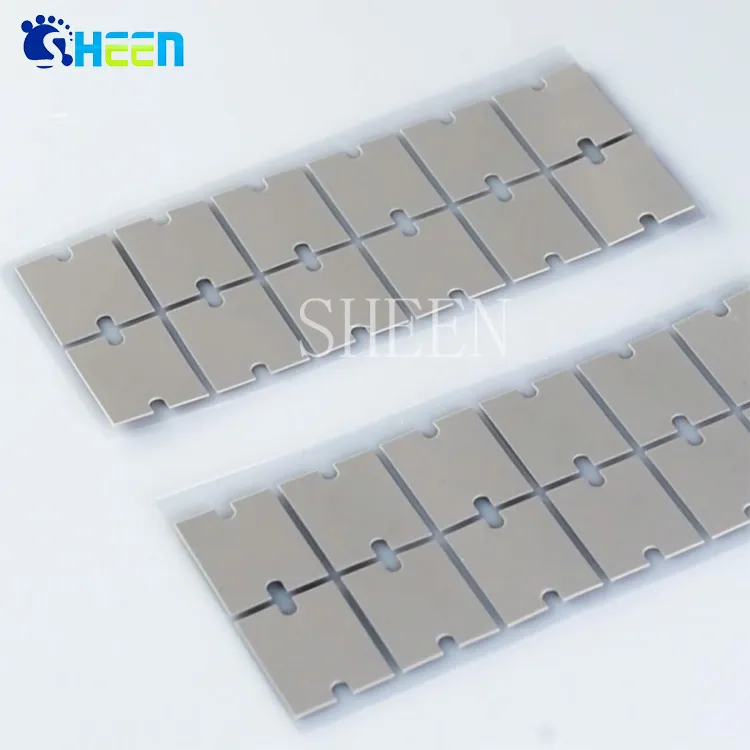
There are many types of thermally conductive gap-filling materials. Currently, the most commonly used are thermally conductive silicone sheets, thermally conductive insulating sheets, thermally conductive gels, thermally conductive silicone greases, thermally conductive phase change sheets, carbon fiber thermally conductive gaskets, silicon-free thermally conductive gaskets, and thermally conductive wave absorbing materials. Etc., under normal circumstances, thermally conductive silicone sheets and thermally conductive silicone grease meet most of the heat dissipation needs, and different thermally conductive gap filling materials are selected for different heat dissipation conditions.
SF1000 thermal pad is a high thermal conductivity thermal pad under Shengyuan New Materials. The thermal conductivity can reach 10W/MK. The texture is soft and elastic. Thermal pads, which are also thermally conductive silicone sheets that can benchmark Fujipoly PG80A, have been used for many years and are recognized by customers.

 English
English
 usheenthermal
usheenthermal



